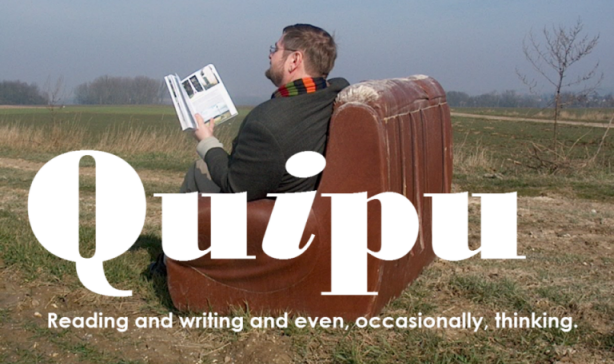WWF* Superstars Cereal
Overall Rating: 24
Mushy-mouthed milksops might be satisfied with this sissy concoction, but no real macho meatface would willingly be associated with it.
 |
| Image from the Institute Collection |
Appearance
Depressingly literal. When you think of all the fun shapes a cereal devoted to wrestling could generate (folding chairs! Lucha masks!), it’s sad to see this product settle for something as dull and predictable as oat-flour stars. With holes in the centres. (We leave the symbolism for that to the reader.) The colour is a washed-out version of the unearthly yellow noted in other Ralston Purina (meow!) cereals, except that here there are no mysterious, dangerous sugar crystals to enliven the proceedings. We know that pro wrestling is fake, but this cereal doesn’t even try to keep up appearances.
Texture and Taste, Dry
Down for the count. Mouthfeel is momentarily crisp, but texturally this stuff takes a dive almost immediately. No real resistance to speak of, which is once again a tremendous disappointment in a cereal that’s supposed to be promotion a pumped-up, muscular “sport.” The flavour, believe it or not, is vanilla. (We at the Institute love vanilla, but we’re never going to attempt to persuade anyone that it has the macho connotations of, say, chewing tobacco.) Next, you’ll be telling us Hulk Hogan eats Miracle Whip on Wonder Bread†. The vanilla might have been interesting in a cereal without so much promotional baggage (an entire luggage set, really), but in this case once again we are let down after starting out with high expectations.
Texture and Taste, With Milk
The less said, the better. This product resists milk about as well as it resists the teeth when dry. The vanilla flavour is mildly pleasant, but mild is not an adjective one normally associates with pro wrestling. [raw beef flavour, maybe? -ed] If this stuff were being presented as the The Cereal of All-Star Accountants, it might have worked. In this guise, though, it’s just a tremendous letdown.
Conclusion
Maybe there’s a lesson to be learned from this. Maybe this product is really an allegory for North America’s infatuation with a “sport” that’s all surface. Or maybe this is just a lousy cereal, one that has more than just its shape in common with the unlamented Wayne Gretzky’s Pro-Stars Cereal of a few years ago. [August 1992]
*The World Wildlife Federation wishes to remind you that the McMahon family huckster-sport empire is now known as WWE. If that’s your idea of a good time.
†When he’s not linking himself to deranged libertarian wack-doodles to sue media outlets.














